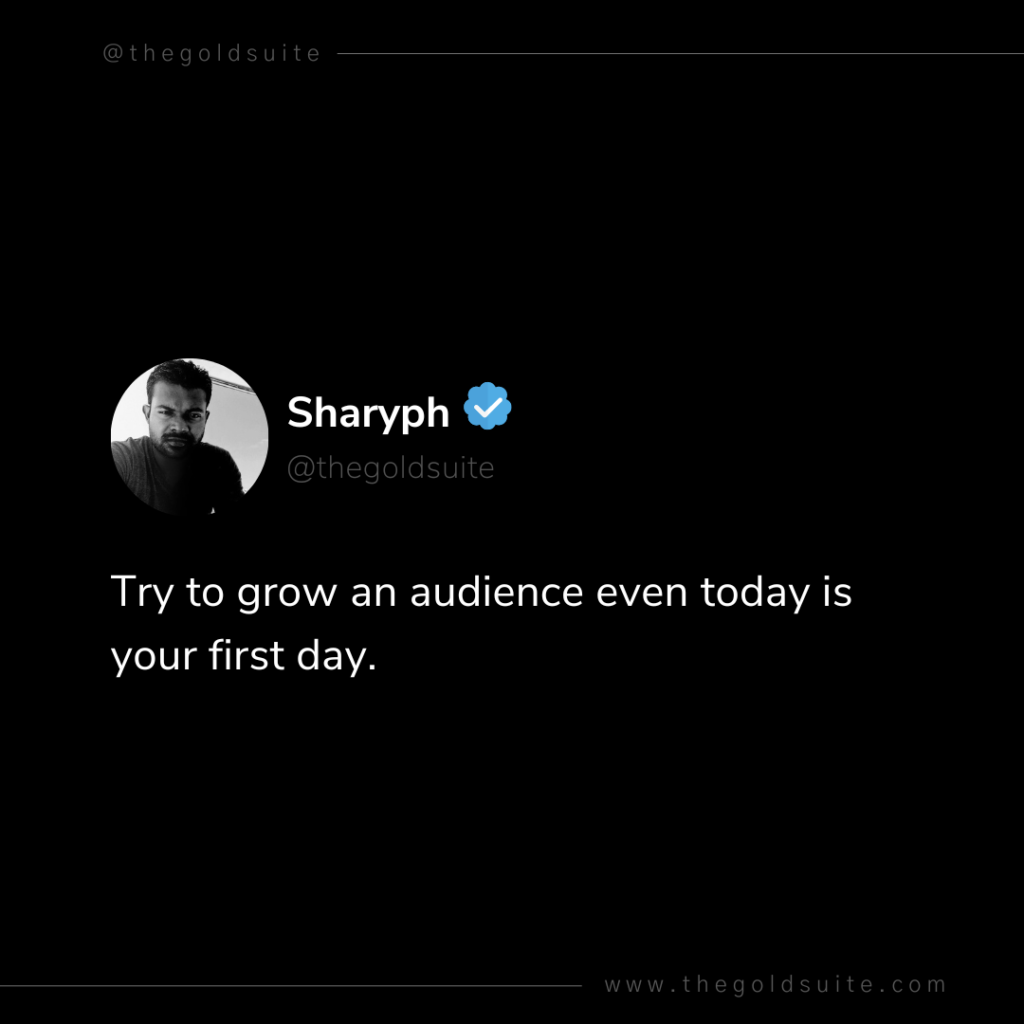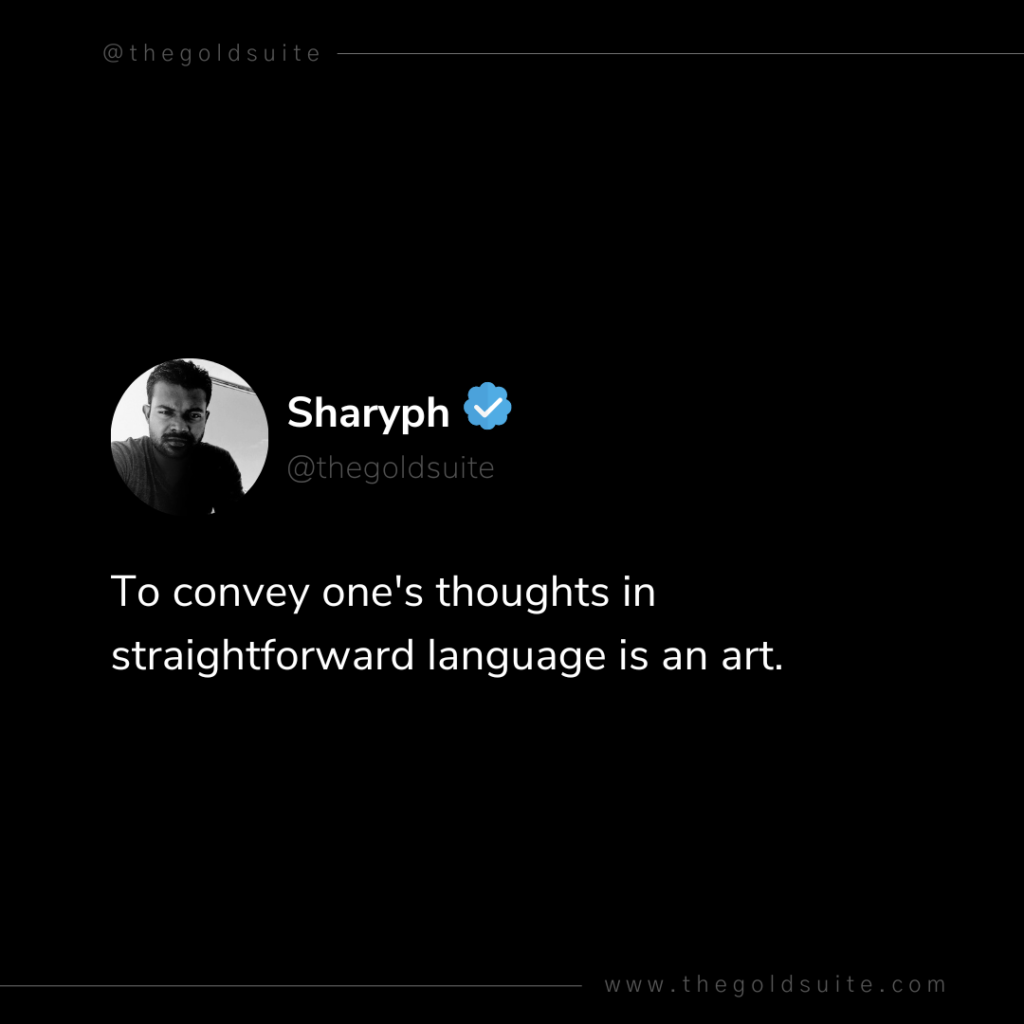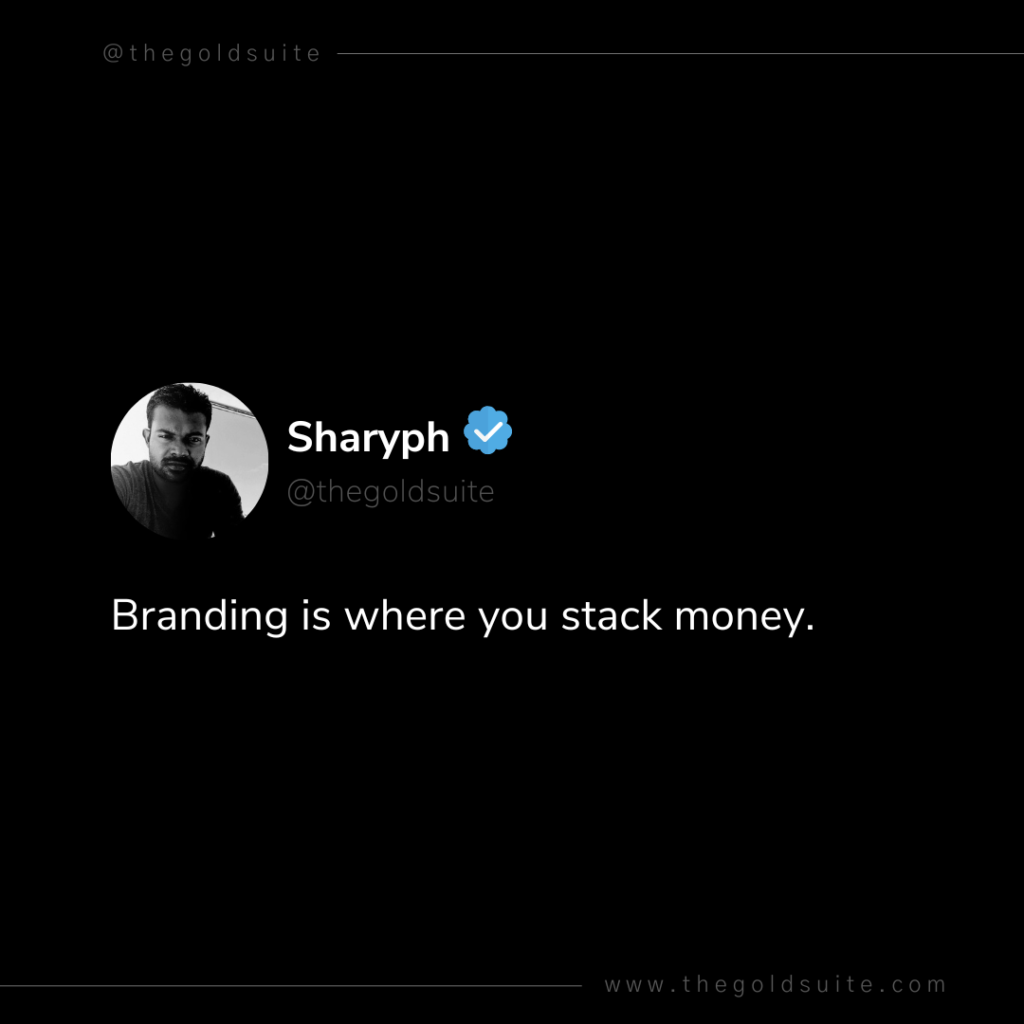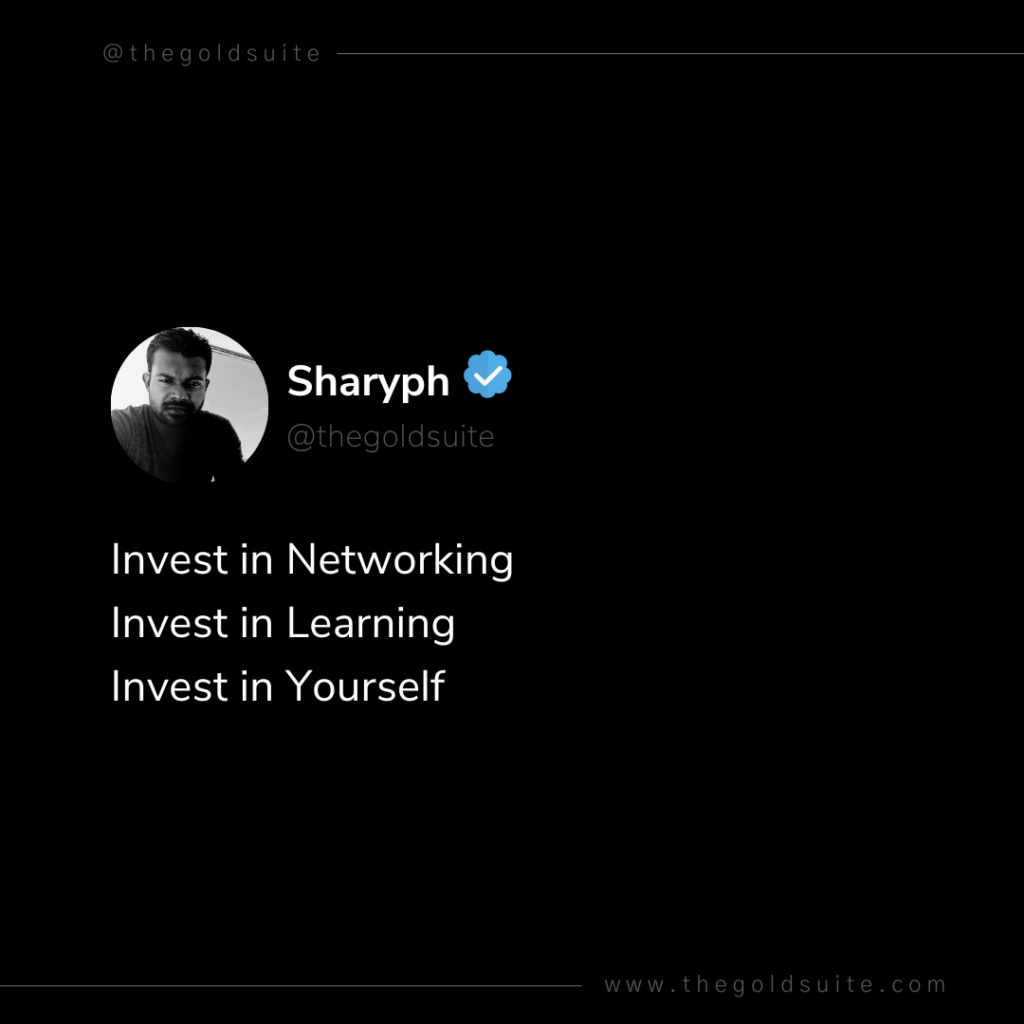Today we explore the foundational skills you need to learn to grow your audience.

As you know, Building a successful audience takes more than just creating content, it requires
- A deep understanding of your audience,
- Effective communication,
- Personal branding,
- Compelling content creation,
- Savvy marketing techniques.
It’s not always easy, and at times it can be downright daunting.
But fear not, in this post, we will dive into tried-and-true frameworks, case studies, and practical tips to help you level up your skills and grow your audience.
We’ll explore
- The power of the AIDA framework
- The 5Ws
- H in effective communication
- The inspiring story of Gary Vaynerchuk in personal branding
- The proven 3E framework for creating high-quality content
- The social media marketing tactics of Tim Ferriss
- The secrets of networking on Twitter.
So let’s get started and learn how to take your audience-building game to the next level!
1. Communication

Here are frameworks and tips to help you get better at communicating and connecting with your audience:
- Know your audience: Understanding who your audience is, their pain points, and what motivates them can help you tailor your communication to be more effective. This can include conducting surveys, analyzing demographics, and monitoring social media conversations to get a better sense of your target audience.
- Use storytelling: Storytelling is a powerful way to connect with your audience and build a sense of empathy. Use stories to illustrate your points and make your content more relatable and engaging.
- Be concise and clear: Avoid using jargon or overly complex language that may confuse your audience. Instead, be clear and concise in your communication, using simple language and bullet points to break down complex ideas.
- Use visual aids: Visual aids such as images, infographics, and videos can help to convey complex information in a more engaging and memorable way.
- Use the AIDA framework: AIDA stands for
- Attention
- Interest
- Desire
- Action.
Use this framework to structure your communication,
- starting with a strong hook to grab your audience’s attention,
- followed by a clear statement of interest,
- a desire to solve a problem, and a
- call to action (CTA)
- Use the 5Ws and H:
- Who,
- What,
- When,
- Where,
- Why, and
- How
These are critical questions to consider when crafting your message. Use these questions to ensure that your communication is clear, complete, and concise.
2. Branding

Building a personal brand can help you establish yourself as an authority in your field and grow your audience.
Here are some tips to help you build your personal branding:
- Define your unique value proposition: Determine what sets you apart from others in your industry and what value you bring to your audience. Focus on your unique strengths and skills to create a distinctive brand.
- Consistency is key: Ensure that your personal brand is consistent across all your online platforms, from your website to social media profiles. Use the same profile picture and banner image, and make sure that your messaging is consistent as well.
- Use storytelling: Storytelling is a powerful way to build a personal connection with your audience. Share your personal journey, experiences, and successes to help your audience connect with you on a deeper level.
- Create valuable content: Produce high-quality content that resonates with your audience and demonstrates your expertise. This can include blog posts, videos, podcasts, or social media posts.
- Engage with your audience: Building relationships with your audience is essential for growing your personal brand. Respond to comments, messages, and emails, and create opportunities for engagement such as Q&A sessions, webinars, or meetups.
- Network with peers and influencers: Building relationships with other influencers, bloggers, and industry leaders can help you expand your reach and increase your credibility.
- Be authentic: Building a personal brand that is authentic and true to yourself is key to gaining the trust of your audience.
Here are a few good examples of growing a personal brand:
- Dan Koe: A digital marketing expert, entrepreneur, and Writer. Dan has built a personal brand focused on Mindsets, authenticity, and practical advice for aspiring entrepreneurs.
- Marie Forleo: Marie Forleo is a life coach, author, and motivational speaker who has built a personal brand focused on helping people create the life and career they want.
- Neil Patel: Neil Patel is a digital marketing expert, author, and entrepreneur who has built a personal brand focused on providing practical advice and tools for businesses to grow their online presence.
3. Content Creation
Creating high-quality content is crucial for growing an audience.
Here are some tips and frameworks to help you improve your content creation skills:
1. Use the RITE framework: RITE stands for
- Relevant,
- Interesting,
- Timely, and
- Entertaining.
Use this framework to ensure that your content meets these four criteria, making it more likely to engage and attract your audience.
- Use the 3 E’s: The 3 E’s stand for:
- Educate,
- Entertain,
- Engage.
Use these principles to ensure that your content provides value to your audience, is enjoyable to consume, and fosters interaction and discussion.
Use visuals: Incorporating visual elements such as:
- images,
- infographics,
- videos
can make your content more appealing and help to convey information in a more engaging way.
Remember to focus on providing value to your audience and creating content that resonates with them.
4. Social Media Marketing
Here are some tips to help you get better at social media marketing:
1. Choose the right platforms: My Choice is Twitter (LinkedIn I started very recently)
Different social media platforms attract different audiences, so it’s important to choose the ones that are most relevant to your target audience.
For example,
- LinkedIn is best for B2B marketing,
- Instagram is ideal for visuals
- Twitter is ideal for writers and networking. (Later in this newsletter I will show you how you can use Twitter as a Networking tool)
2. Be consistent: Consistency is key to building a strong social media presence. Post regularly and at the optimal times for your audience to maximize engagement.
If you are a content creator like me, use Twitter Analytics, and check when you get the most engagement, that way you can choose the best time for you to engage and post your content.
3. Engage with your audience: Social media is a two-way conversation, so it’s important to engage with your followers.
Respond to comments and messages, and create opportunities for interaction, such as asking questions.
4. Measure your results: Use social media analytics to track your performance and adjust your strategy as needed.
This will help you to understand what works and what doesn’t, and to optimize your content for maximum engagement.
Read this post, you will understand how I use Twitter Analytics to get answers.
You may know Tim Ferriss, Tim Ferriss is a great example of a personal brand that has grown significantly through social media.
- He used social media to promote his self-published book “The 4-Hour Workweek” by sharing excerpts and reviews on his blog, Twitter, and Facebook.
- He expanded his brand by launching a podcast and publishing more books and continued to use social media to promote his content and engage with his audience.
- Tim’s brand has grown significantly over time, and he has become a highly sought-after speaker and advisor.
- He used social media to build a following, establish himself as an authority in his field, and create a sense of community around his brand.
- Tim consistently provided value to his audience by sharing his expertise and engaging with his followers.
5. Networking

Since my biggest audience is on Twitter, here are some tips you can use to get better at networking and how to use Twitter as a tool for networking:
- Build a strong profile: Your Twitter profile is your digital business card, and it’s important to make a good first impression.
Use a professional profile photo, write a clear bio that highlights your expertise, and include a link to your website.
If you want to build a personal brand on Twitter, Take my Free course, where I go deep and explain to you how you can grow your personal brand on Twitter.
- DMs (Direct Messages): Twitter DMs are a great way to connect with like-minded people and build your network. Look for accounts that are relevant to your industry or interests, and participate by answering questions, sharing your expertise, and engaging with other participants.
- Engage: Twitter is a great way to connect with thought experts in your industry and learn from their insights. Follow and engage with the people you admire, share their content, and contribute to the conversation by asking thoughtful questions and sharing your own expertise.
Building relationships takes time and effort, and it’s important to follow up and stay in touch with the people you meet.
Make an effort to connect with people on social media or through email, and stay on their radar by engaging with their content and sharing relevant information.
To make the most of networking opportunities, be prepared and proactive.
Know what you want to achieve from networking, and research the people and events that can help you.
Don’t wait for opportunities to come to you, seek them out.
Always remember networking starts with being genuine and authentic. Show a real interest in other people, and focus on how you can help and add value to them.
That is it for this week.
Whenever you’re ready, there are 2 ways I can help you:
- To Grow Your Twitter Account? here is all you need to start. (500+ students are learning)
- Exact Strategies I used to grow my Twitter account (growing +10K followers/month)
- Get my Favorite 100+ Tweet Templates
- Tweet templates I used gained Millions of Impressions/tweets


